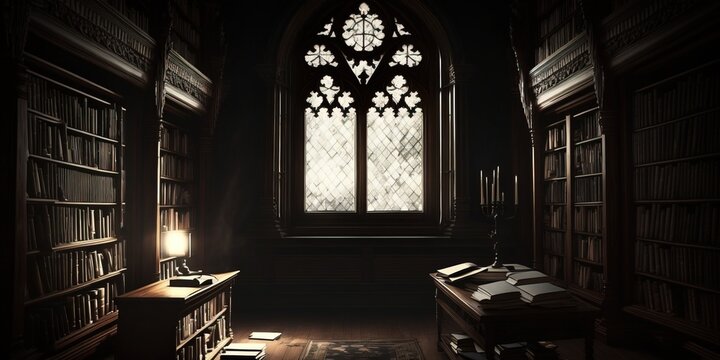
FAQ About Gothic Literature
How does Gothic Literature reflect the anxieties of its time?
Gothic Literature reflects the anxieties of its time by serving as a mirror to the cultural, social, and psychological concerns of the eras in which it thrives. Throughout its evolution from the late 18th century to the present day, Gothic literature has been a versatile genre that adapts to and comments on the anxieties and preoccupations of the times. Here are some ways in which Gothic Literature has reflected the anxieties of its various historical periods:
Late 18th Century - The Enlightenment and Industrialization:
- Anxieties about scientific progress: Works like Mary Shelley's "Frankenstein" explored the ethical and moral dilemmas arising from scientific advancements, reflecting concerns about the consequences of unchecked knowledge.
Early 19th Century - Victorian Era:
- Fear of social change: The Victorian era saw rapid industrialization and urbanization, leading to anxieties about societal shifts. Gothic novels like Charlotte Brontë's "Jane Eyre" addressed issues of class, gender, and morality.
- Repression and social norms: Gothic literature often depicted characters repressed by societal norms, reflecting the strict Victorian moral code.
Late 19th Century - Fin de Siècle:
- Fear of decadence and decline: In the late 19th century, Gothic literature delved into themes of moral and societal decay, echoing concerns about the degeneration of culture and values.
- Exploration of the supernatural and the occult: Interest in spiritualism and the occult during this period found its way into Gothic stories, reflecting a fascination with the unknown.
Early 20th Century - Post-Victorian and World Wars:
- Reflection of the trauma of war: After the world wars, Gothic literature often explored themes of trauma, madness, and the psychological effects of conflict.
- Anxieties about technology: Works like Franz Kafka's "The Metamorphosis" addressed the alienation and dehumanization brought about by modern technology.
Mid-20th Century - Cold War and Social Change:
- Fears of nuclear war: Gothic stories in this era tapped into the collective fear of nuclear annihilation, with works like Shirley Jackson's "The Lottery" exploring the darkness within seemingly normal societies.
- Identity and conformity: Gothic literature reflected anxieties about conformity and the loss of individual identity in the face of societal pressures.
Late 20th Century - Postmodernism and Cultural Shifts:
- Postmodern ambiguity: Postmodern Gothic literature often played with narrative conventions and blurred the line between reality and fiction, reflecting a sense of uncertainty and disorientation.
- Exploration of the uncanny: As society became more attuned to the subconscious and psychological realms, Gothic literature explored themes of the uncanny, questioning what is real and what is imagined.
21st Century - Technology and Existential Concerns:
- Fear of surveillance and loss of privacy: Contemporary Gothic works often grapple with the anxieties of living in a surveillance society, where personal data is vulnerable.
- Climate change and ecological concerns: Recent Gothic literature has delved into themes of environmental collapse and ecological anxieties.
